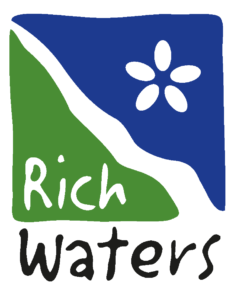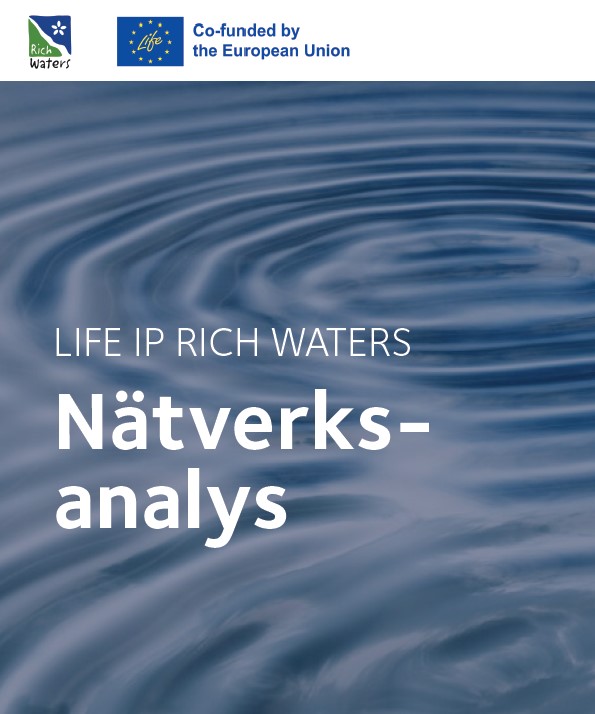The network analysis is based on in-depth interviews with key people in some selected sub-projects. The purpose of the in-depth interviews was to create an understanding of which networks have been created through the various sub-projects, which collaborations have been most important and how they will live on after the end of the project. A survey was added to the network analysis to capture how the municipalities have experienced their participation. The network analysis captures people’s experiences and thoughts about the various sub-projects and LIFE IP Rich Waters as a whole. The results should thus be seen as descriptions rather than facts.
Some of the most important insights:
Cooperation of county administrative boards (C11, C15, C18)
- Better coordination and more efficient work between the different actors.
- Greater network between county administrations and municipalities.
- Increased level of knowledge through shared experiences.
Analysis of policy instruments for measures in agriculture (C5)
- Enabled increased cooperation between all six actors and deepened the understanding of each other’s perspectives.
- Increased understanding of the water directive and its construction.
- Enabled effective communication and information to a large number of stakeholders, including municipalities and farmers.
The municipalities’ sub-projects
Älvkarleby: has created a strong network of municipalities, regional authorities, and environmental organizations, fostering collaboration on innovative water treatment methods using Salix plants, which offers a sustainable model for future partnerships.
Enköping: has fostered collaboration between municipalities, government agencies, and organizations to enhance sustainable stormwater management, creating lasting networks and advancing knowledge sharing across regions.
Katrineholm: has successfully created a strong network of national and international collaborators that have fostered knowledge exchange and sparked new environmental initiatives.
Municipal water planning (C2.1)
- The sub-project has gained a very large network that was previously missing.
- Enabled hiring staff to help municipalities better.
- Enabled communication and active work with water plans and measures.
In the survey, Municipal employees answer that they, thanks to LIFE IP Rich Waters, have:
- built networks and contacts with other municipalities,
- built networks and contacts with county administrative boards, and
- have been given a meeting place for cooperation.

